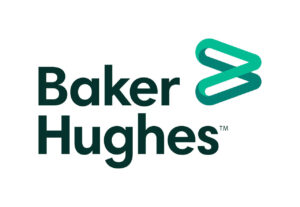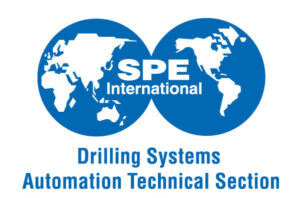Interoperability
Interoperability is the ability of computer systems or software to exchange and make use of information. In drilling this includes the flow of data from sensors and systems and the flow of instructions to machinery.
Need for Interoperability
Interoperability promises to reduce integration efforts and accelerate innovation within automation. Multiple proprietary systems that are now in place require standards to provide the required levels of interoperability, such as those that have already occurred in industrial automation. These will ensure that devices and processes are “plug-and-play” with any alternate system that meets the required specifications.
Drilling and Wells Interoperability Standards [D-WIS]
Launched out of SPE DSATS, D-WIS developed a plan to enable interoperability across drilling (and wells). Teams were formed to develop facets of this system. Six work groups are currently active: Reference Architecture, ADCS Software Interface, Semantics of Real Time Signals, Drilling Process Protection, Use Case Coordination, Contextual Data. Drilling Process Protection is. addressing Fault Detection Isolation Recovery (FDIR), Safe Mode Management. (SMM) and Safe Operating Envelope (SOE).
D-WIS aims to create industry standards and recommended practices allowing stakeholders to connect devices, sensors and telemetry systems, then share data and apps on new and existing rig control systems to unlock new capabilities in well construction with regard to drilling systems automation and related applications.



